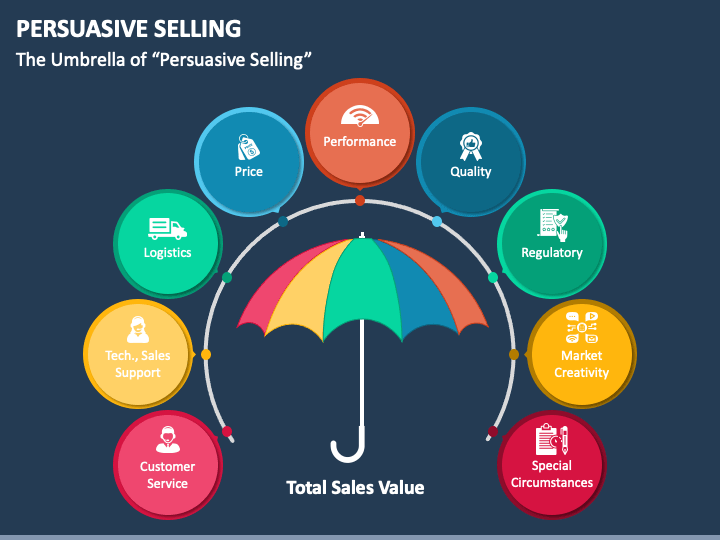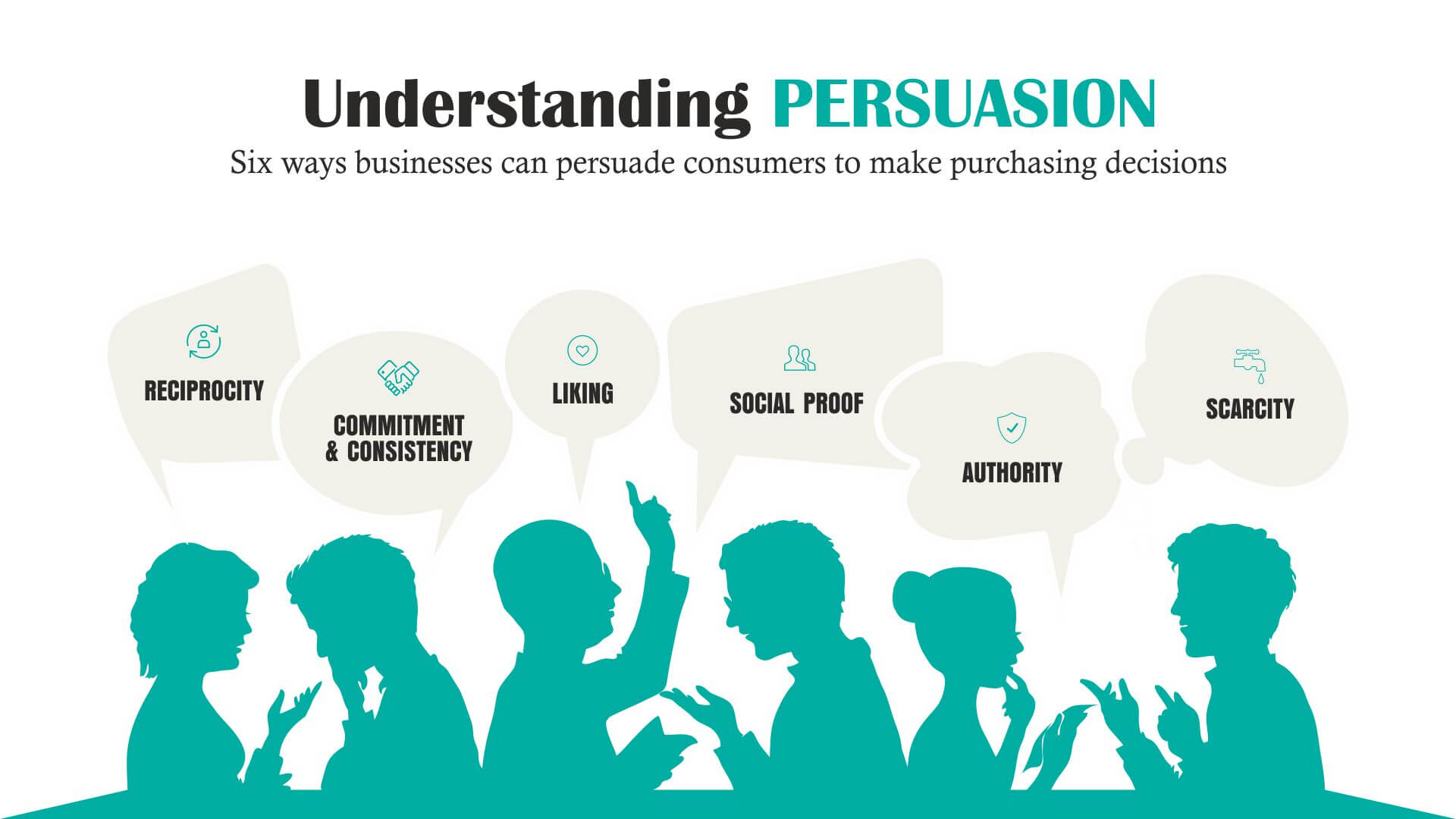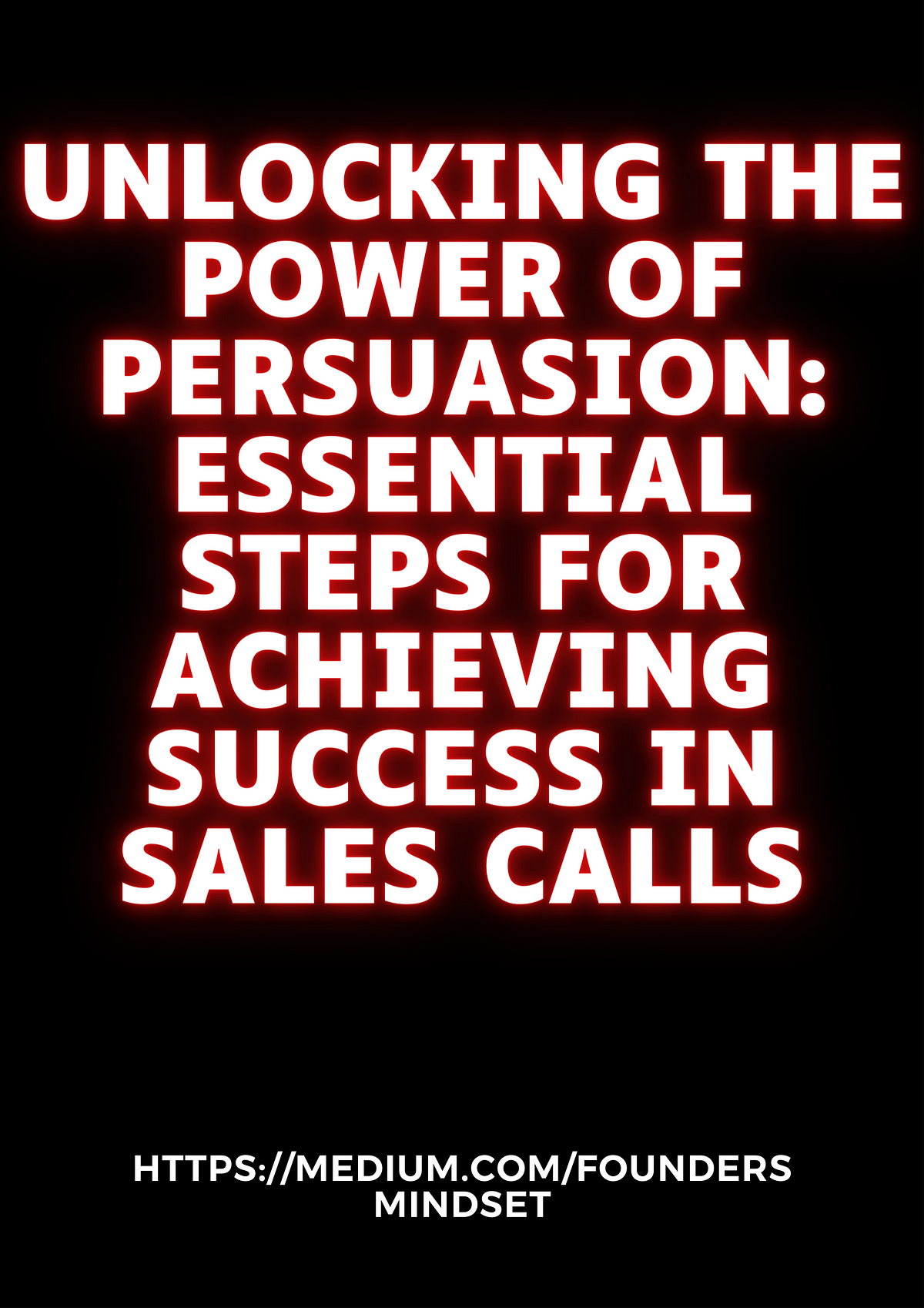Unlocking the Power of Persuasion: A Guide to Selling Your Product or Service

As an architect and interior design expert, I’ve spent years crafting spaces that resonate with people. This involves understanding their needs, desires, and the unique value they seek. The same principles apply to selling your product or service. To truly connect with your ideal customer, you need to go beyond simply listing features; you need to paint a picture of how your offering will enhance their lives.
Let’s break down the process of crafting a compelling message that resonates with your target audience.

1. Define Your Ideal Customer:
Before we dive into features and benefits, we need a clear picture of who you’re targeting. Think about:
- Demographics: Age, gender, location, income, education, profession.
- Psychographics: Values, interests, hobbies, lifestyle, aspirations, pain points.
- Needs and Desires: What problems do they face? What goals are they trying to achieve?
- Motivations: What drives their purchasing decisions?



Example: Imagine you’re selling a high-end, handcrafted coffee table. Your ideal customer might be a young professional couple who values quality, craftsmanship, and design. They want a statement piece for their living room that reflects their style and taste. They’re willing to invest in something durable and unique, and are motivated by the desire to create a sophisticated and inviting home.
2. Identify Your Product’s Key Features:

What are the tangible aspects of your product or service? This could include:
- Physical attributes: Size, color, material, design, functionality.
- Technical specifications: Performance, capacity, speed, efficiency.
- Services: Support, warranty, delivery, installation.



Example: For the coffee table, key features might include:
- Solid wood construction: High quality, durable, and aesthetically pleasing.
- Unique design: Handcrafted, one-of-a-kind, and visually striking.
- Versatile size: Fits comfortably in various living room layouts.
- Easy assembly: No complicated instructions or tools required.



3. Translate Features into Benefits:
This is where the magic happens. Features are what your product is, but benefits are what your product does for your customer. Ask yourself:
- How does this feature solve a problem or fulfill a need?
- What positive outcome does this feature create?
- How does this feature improve the customer’s life?

Example: Let’s translate the coffee table features into benefits:
- Solid wood construction: Benefit: Lasts a lifetime, becomes a family heirloom, adds value to your home.
- Unique design: Benefit: Makes a statement, reflects your personal style, becomes a conversation starter.
- Versatile size: Benefit: Fits seamlessly into your living room, creates a balanced and inviting space.
- Easy assembly: Benefit: Enjoy your new coffee table quickly and easily, no frustration or hassle.
4. Highlight the Unique Selling Proposition (USP):
What sets your product or service apart from the competition? What makes it truly special and valuable to your customers?
Example: For the coffee table, your USP might be:
- Sustainable materials: Made from reclaimed wood, supporting responsible forestry practices.
- Local craftsmanship: Handcrafted by skilled artisans in your community, promoting local businesses.
- Customizable options: Allowing customers to personalize their table with unique finishes and details.
5. Tell a Story:
People connect with stories. Don’t just list features and benefits; weave them into a narrative that resonates with your customer’s emotions and aspirations.
Example: Instead of saying "Our coffee table is made from solid wood," you could say: "Imagine gathering around this table with loved ones, sharing stories and laughter, while knowing its solid wood construction will last for generations to come."
6. Use Powerful Language:
Choose words that evoke emotion, create a sense of urgency, and highlight the value you offer.
- Instead of: "Our coffee table is durable."
- Say: "Invest in a piece that stands the test of time."
7. Focus on the Customer:
The message should always be about the customer, not about you. Emphasize how your product or service will improve their lives, solve their problems, and fulfill their desires.
8. Be Authentic and Transparent:
Don’t make false promises or exaggerate claims. Be honest about the limitations of your product or service, and focus on building trust with your customers.
9. Use Visuals:
High-quality images and videos can bring your product or service to life and create a more engaging experience for your customers.
10. Get Feedback:
Test your messaging with potential customers and gather feedback. This will help you refine your message and ensure it resonates with your target audience.
Example: Selling a Home Design Service:
Ideal Customer: A busy professional couple seeking to renovate their kitchen.
Key Features:
- Experienced design team: Skilled in kitchen design and space planning.
- Comprehensive services: From initial consultation to project management and installation.
- Personalized design approach: Tailored to the client’s needs, style, and budget.
- High-quality materials and craftsmanship: Using reputable suppliers and skilled contractors.
Benefits:
- Stress-free renovation: We handle all the details, from design to execution.
- Functional and beautiful kitchen: Maximizes space and creates a welcoming environment.
- Increased home value: A well-designed kitchen adds significant value to your property.
- Peace of mind: We guarantee high-quality materials and craftsmanship.
USP: We offer a unique "Design-Build" approach, combining design expertise with construction management for a seamless and efficient renovation experience.
Story: "Imagine coming home after a long day to a kitchen that’s not only beautiful but also a joy to cook and entertain in. Our team will work with you to create a space that reflects your style, maximizes functionality, and adds value to your home. We handle every detail, from design to construction, ensuring a stress-free and rewarding renovation experience."
Powerful Language: "Transform your kitchen into a haven of culinary creativity and social gatherings."
Customer Focus: "We understand the challenges of renovating a kitchen. That’s why we offer a comprehensive design-build service, taking care of everything from concept to completion, so you can relax and enjoy the process."
Visuals: Showcase stunning before-and-after photos of kitchen renovations, along with testimonials from satisfied clients.
By following these steps and applying these principles, you can effectively communicate the value of your product or service to your ideal customer, leading to informed purchasing decisions and long-term customer satisfaction.

